For most businesses, the best way to engage with their customers is to go where they already are. Where are most consumers? According to recent studies, the average person spends over four hours and 37 minutes a day on their mobile phone. The conclusion you can draw from these facts: Businesses that are looking for ways to stay connected with their target audience would benefit from creating a mobile app.
There are two main types of apps you can create: progressive web apps (PWAs) and native apps. A PWA is essentially a website that behaves like a mobile app, while a native app is an application that’s designed specifically for use on a mobile device.
Many businesses choose to go the PWA route because it offers many benefits, such as short development timelines, a familiar user experience, and cost-effectiveness. Plus, because PWAs are actually websites and not apps, businesses can help new users discover them using SEO best practices.
If you’re interested in developing your own PWA, one of the first things you’ll want to know is how much progressive web app development costs. In this article, we’ll get into the technical components of PWA development and the factors that influence overall cost. We’ll also explore some strategies that will help you optimize the cost of PWA development, and we’ll provide a few examples of PWAs.
What’s included in progressive web app development costs
Before you can determine how much to pay for progressive web app development, it’s important to understand exactly what progressive web apps are and the technical components they include. Here are some of the technical aspects of PWAs — which also affect the development cost of this kind of app.
- Service workers: If you want to be able to use push notifications, work offline, or cache resources, you’ll need this tool in your app. “[Service workers] are the JavaScript files running in the background that act as a proxy between the network and browser,” says Serhii Antoniuk, CEO of LITSLINK, a software development company. Service workers are essential for enhancing the user experience.
- Manifest files: The name, icon, display mode, and theme color for the app, as well as other metadata, are contained in the manifest files. “It is commonly named manifest.json and allows the user to access the PWA like a native app,” explains Antoniuk. The manifest files are also needed in order for the user to install the PWA on their mobile device’s home screen.
- HTTPS: To ensure security, PWAs must be served over HTTPS. It’s “crucial for secure data transmission, especially for businesses handling sensitive information,” says Elliott Kosmicki, founder and president of Major Impact, a web design firm for small businesses.
- App shell: “This refers to the minimal HTML, JavaScript, and CSS the PWA needs for basic UI,” says Anotniuk. “It ensures faster loading time and a better user experience.”
- Responsive design: It’s imperative that the PWA works optimally on any device. For this to happen, you have to use responsive design, says Kosmicki. Web APIs also provide a better user experience, such as with device orientation, camera access, and geolocation.
Factors that influence PWA development costs
Now that you have an understanding of the technical elements that go into progressive web app development, it’s time to look at the different factors that affect the actual price tag.
“As with any technology investment, businesses need to weigh the upfront costs against the long-term benefits.” says Sean Spittle, lead software developer, SaaS expert, and managing partner at InspectNTrack, which makes fire inspection software.
“PWAs have the potential to deliver a truly engaging, app-like experience to a wide audience,” he says. “But to realize that potential, businesses need to approach development strategically, prioritizing features, investing in skilled talent, and planning for the long haul.”
Here are some of the key factors to consider when determining progressive web app development costs:
Type of project and complexity of features
A large part of the cost will depend on the complexity of your planned PWA.
“A basic PWA with limited functionality will cost less compared to one requiring advanced features like real-time data synchronization and extensive user personalization,” says Kosmicki. “For instance, when building a PWA for a local restaurant’s online ordering system, the integration of live order tracking would significantly increase development costs.”
The functionality you require will also affect the price. “If you want advanced features like offline functionality or push notifications, you’re going to need more development time and expertise, which will drive up costs,” says Spittle.
Pricing model
You can work with a freelance developer or agency when building a PWA.
“If you decide to work with a freelancer, it will often be cheaper, but they might need to work with someone else or outsource some areas,” says Antoniuk. “You can consider this if you need a simple PWA with ordinary features. If you choose to work with an agency or company, it is likely going to be expensive, but you get value for your money since they will have specialists for every aspect.”
You’ll also want to consider whether you’re going to pay an hourly rate, a fixed price for the entire project, or a combination of the two.
Location of the development team
A progressive web app developers’ location can greatly affect the cost. For example, in Asia and South America, the hourly wage is lower than it is in North America and Europe.
However, regardless of where in the world your developers are, you’ll pay more for expertise. “Highly skilled developers might come with a higher price tag, but they often work more efficiently and produce higher-quality code, which can save money in the long run,” says Spittle. “It’s all about finding that balance between upfront costs and long-term value.”
Data security
The type of security measures you have in place, such as encryption protocols, can add additional complexity and costs to the development project. However, it’s not wise to skimp on security because it can affect your data, business reputation, and user experience.
Design requirements
If you’re looking for custom designs or a richer user experience, you’ll need to up your price tag. “For example, when I worked on a PWA for a music education platform, the multi-layered, interactive UI/UX design took considerable time and resources, thus inflating costs,” says Kosmicki.
Development tools
The development framework and technology used to build the PWA will also affect the cost. “It will be cheaper to develop a PWA with premade templates since it will be easier and faster. However, more complex frameworks that require custom coding will be more costly,” says Antoniuk.
Integration with existing systems
Consider what other technologies your PWA has to communicate with in order to streamline business operations. “Smooth and secure data flow between systems is essential, but it can also add to the development costs,” says Spittle. “It’s like connecting a bunch of different puzzle pieces — it takes time and effort to make sure everything fits together seamlessly.”
Testing and quality assurance
In order to provide a good user experience, you have to ensure your PWA works effectively across devices and browser types. “This includes automated testing to catch bugs early, which is an upfront cost but worth the investment long-term,” says Kosmicki.
Timeline and schedule
As the saying goes, time is money, which is why build time can affect the cost of app development. “You will pay less if you have an extended deadline for the PWA and more if you need urgent development,” says Antoniuk. “A shorter deadline means the team will need to work overtime and prioritize your tasks, increasing the cost.”
Ongoing maintenance
Don’t forget: The job isn’t done when your app is complete. Always consider the cost to maintain the app with the initial price tag to build it.
“Unlike traditional web apps, PWAs require continuous updates to stay current and competitive,” says Spittle. “Allocating resources for maintenance ensures your app doesn’t fall behind. Think of it like maintaining a car — you can’t just buy it and forget about it. You have to keep it tuned up and running smoothly.”
Tips to optimize PWA development costs
With so many moving pieces affecting the cost of your progressive web app, how can you make sure to keep the expenses in check? “It’s not just about the price tag,” says Spittle. “It’s about building an app that delivers real value to your users and your bottom line.” To optimize your development costs, you have to ensure you’re not compromising on anything that will affect the user experience.
Consider these tips to manage your development costs more effectively:
Begin development with a minimum viable product. An incremental or iterative approach to development can help reduce your overall cost. Consider the must-have features you need and lead with those before adding on. “Start with a Minimum Viable Product (MVP) to gather user feedback before scaling up,” says Kosmicki. “This strategy was particularly successful for a local fitness app PWA we developed.”
Prioritize your needs. Consider the goal of the PWA and the absolute must-have requirements to attain that goal. Everything else may not be necessary. “Identify core features and distinguish them from nice-to-haves to keep the project within budget,” says Kosmicki. “This approach helped us maintain control during a recent sports event ticketing platform development.”
Choose the right tech stack. “Leveraging frameworks like Angular or React can save significant development time and cost thanks to their robust libraries and community support,” says Kosmicki. Typically, established frameworks can help you optimize costs. No-code and low-code tools can also help you lower the development price tag. “They have prebuilt features that allow developers even with minimal coding experience to build a PWA,” says Antoniuk. “It reduces reliance on expensive developing services, saving you money”
Consider not starting from scratch. While you may think it’s easier to start from scratch, you may be able to save on costs by enhancing an existing PWA (if you have one already) to meet your new needs. “It will help to use the existing code for the core functionality and reduce tasks to only adding PWA-specific features like push notifications and service workers,” says Antoniuk. “Doing fewer tasks will reduce the development cost and time than if you were to build one from scratch.”
Automate testing. Quality control is an essential part of the development process, but the costs can add up unless you take the automated route. “Automating your testing processes, such as using tools like Cypress, can save enormous costs in the long run while maintaining high-quality standards,” says Kosmicki.
Look for hidden costs. Administration services, support services, service fees, and other hidden costs can sneak up on you when you’re least expecting them. Whether you’re working with a freelance developer or an agency, be sure to ask about such costs up front so you can build them into your budget or decide not to use those services.
4 examples of PWAs
Want to see what successful progressive web apps look like? Here’s some inspiration for your own PWA.
1. Uber
One of the most popular PWAs is Uber, which enables users to hire a ride to get to wherever they need to go. Users get a native web app experience on their smartphones, but the PWA works expertly in your browser as well.
2. Pinterest
Pinterest’s progressive web app helps users search for anything they want — like a new recipe or decorating trend — and save it in their collection so they can return to it whenever they want.
3. Starbucks
If you’re looking to order your favorite caffeinated beverage, you can do it with the Starbucks PWA. It not only has ordering features, but it also lets users collect rewards points to redeem for free products and check the balance on gift cards.
4. Forbes
Forbes provides users with the latest in business, innovation, and leadership, and it does that through their progressive web app. The app is easy to browse on any device and browser, and users can also sign in for access to exclusive content.
Build your own PWA with Jotform Apps
If you want to build your own PWA without hiring a developer or using your in-house IT team, you could use a no-code app builder instead.
For example, Jotform Apps is a drag-and-drop PWA app builder that doesn’t require any coding experience to use. If your business doesn’t have in-house expertise in software development, Jotform Apps may be a good choice for you. With it, you can create a PWA with forms, links, images, videos, and more, and you can customize it with widgets and match your business’ branding.
All apps developed with Jotform Apps work on any device, and you can share them with users via a link, email, or QR code. Users can also easily add a Jotform Apps app to their home screen just like a native app in order to access it whenever they want with ease.
Jotform Apps even offers 700-plus customizable app templates to help you get started. Whether you need an app for appointment scheduling, employee communication, or e-commerce, Jotform has a template that can help.
The bottom line on progressive web app development costs in 2025
There’s no definitive cost when it comes to building a progressive web app. It all depends on the type of app you’re building, the features that are important to you, your tech stack, and developer skills and experience. Based on the factors we listed above, your PWA could range from a few thousand dollars to hundreds of thousands of dollars. However, if you use a PWA builder like Jotform Apps, the costs are significantly lower.
What do the experts say about the price tag? “If you’re thinking about building a PWA, don’t just focus on the costs,” says Spittle. “Think about the value it can bring to your business and your users. With the right approach, a PWA can be a game-changer — and that’s something you can’t put a price on.”
Frequently asked questions (FAQs) about the cost of PWA development
The time it takes to develop a PWA varies greatly depending on the complexity of the app, the skills of the developers, and the budget. It can range from a few days to a few months.
There are many factors that influence PWA development costs. These include
- Type of project
- Complexity of features
- Pricing model
- Data security
- Design requirements
- Development tools
- Integration with existing systems
- Testing and QA
- Timeline
- Ongoing maintenance
Photo by Karolina Kaboompics





















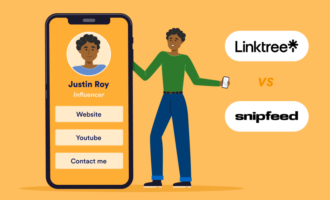

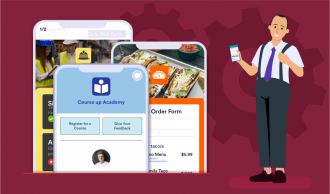












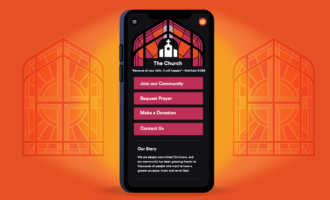








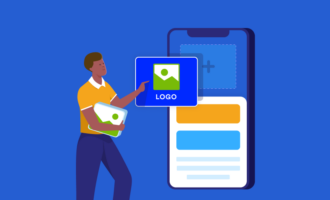
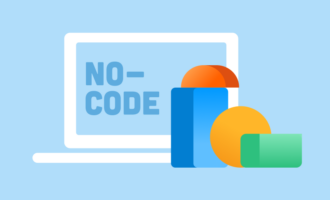











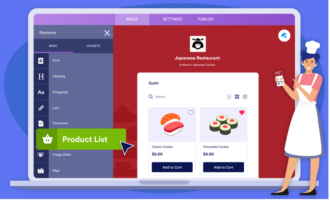



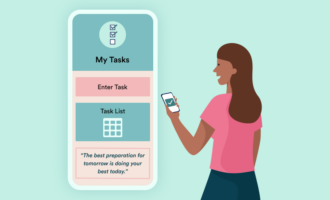





























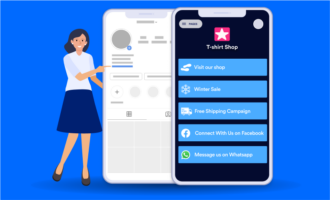


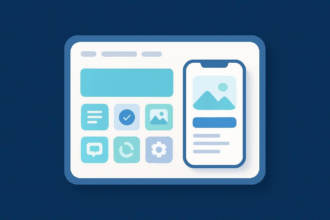




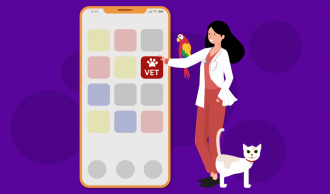
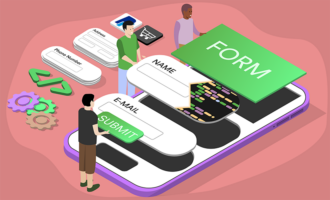



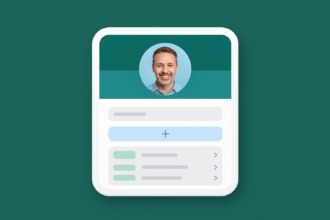
Send Comment: